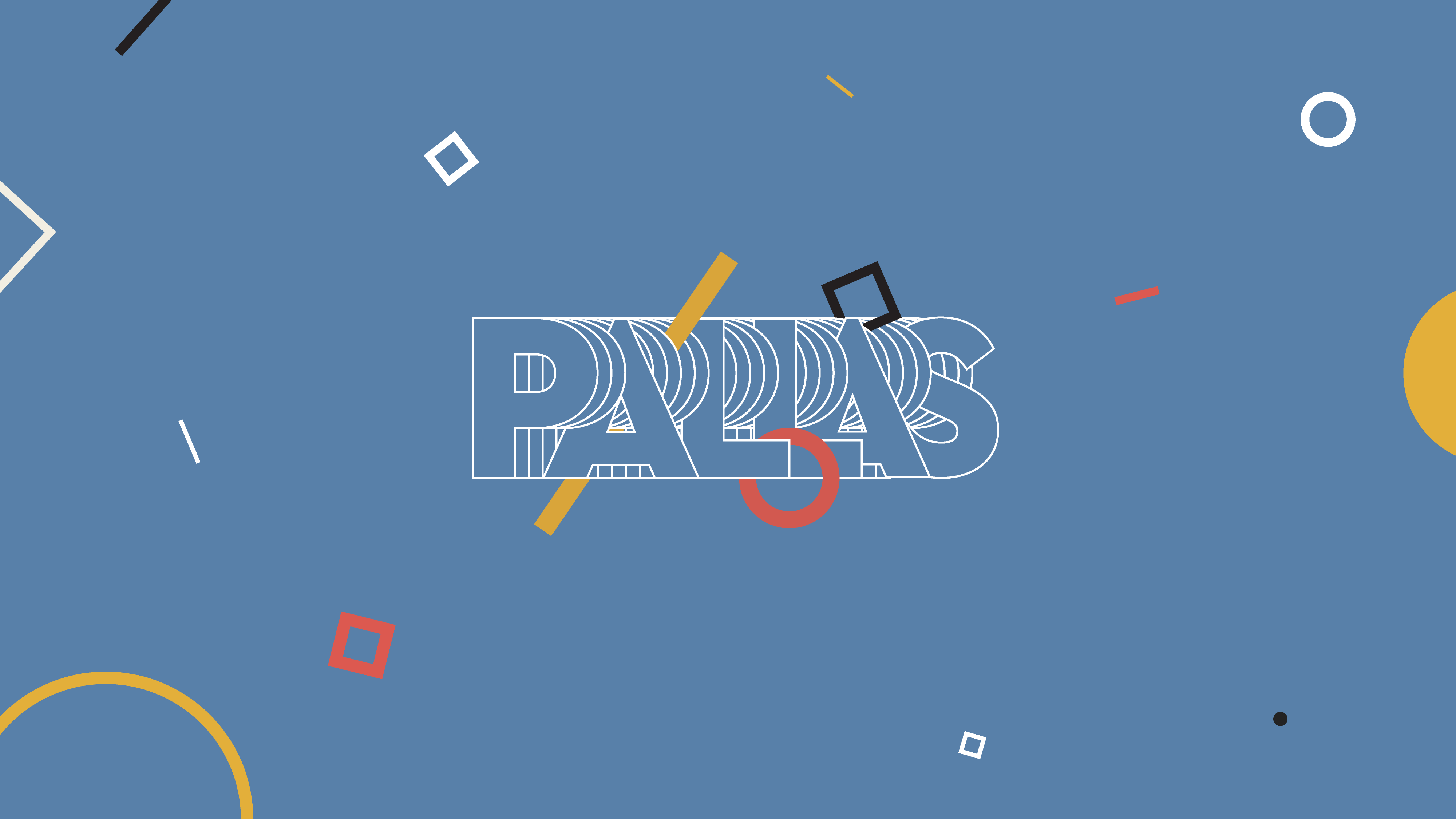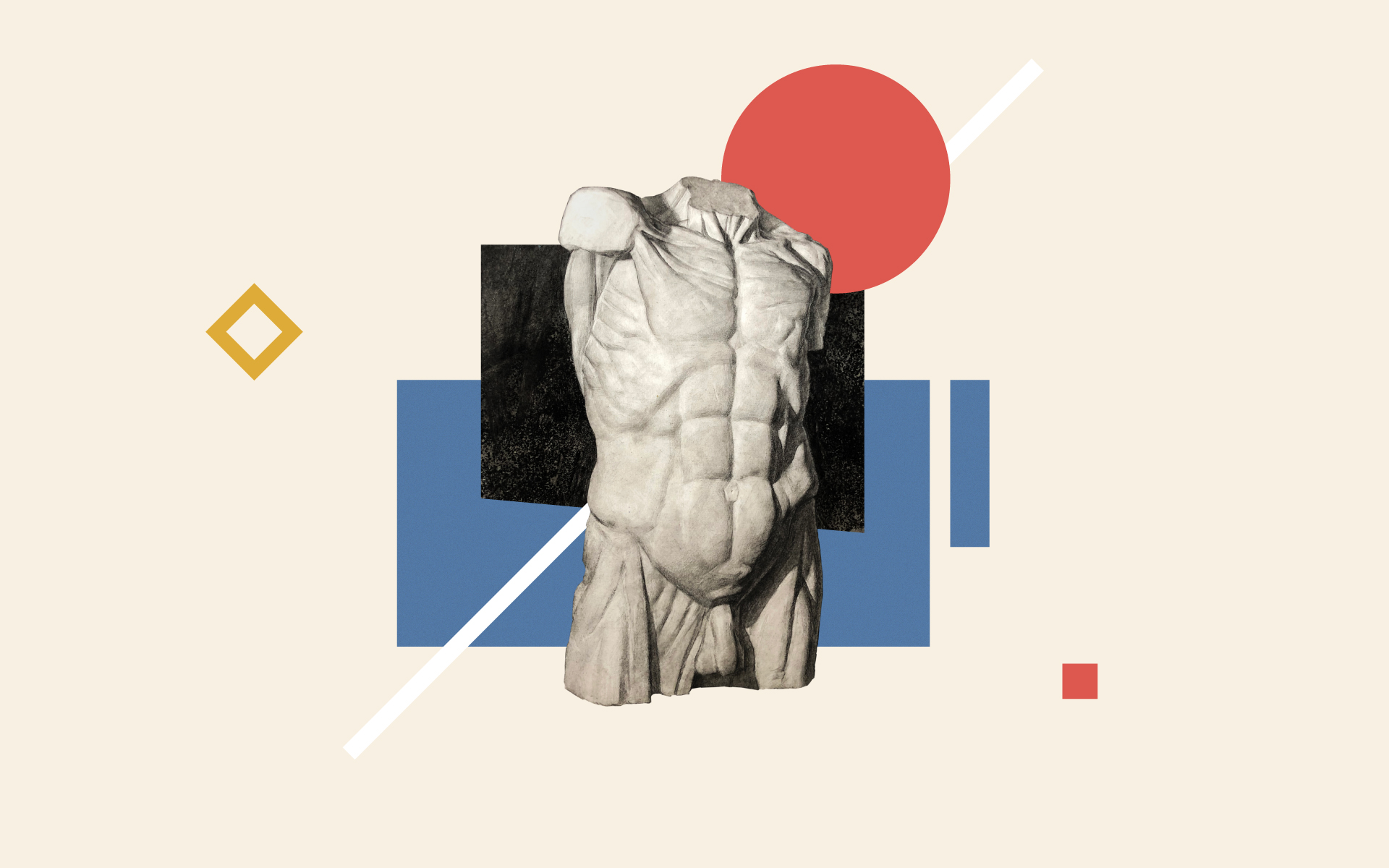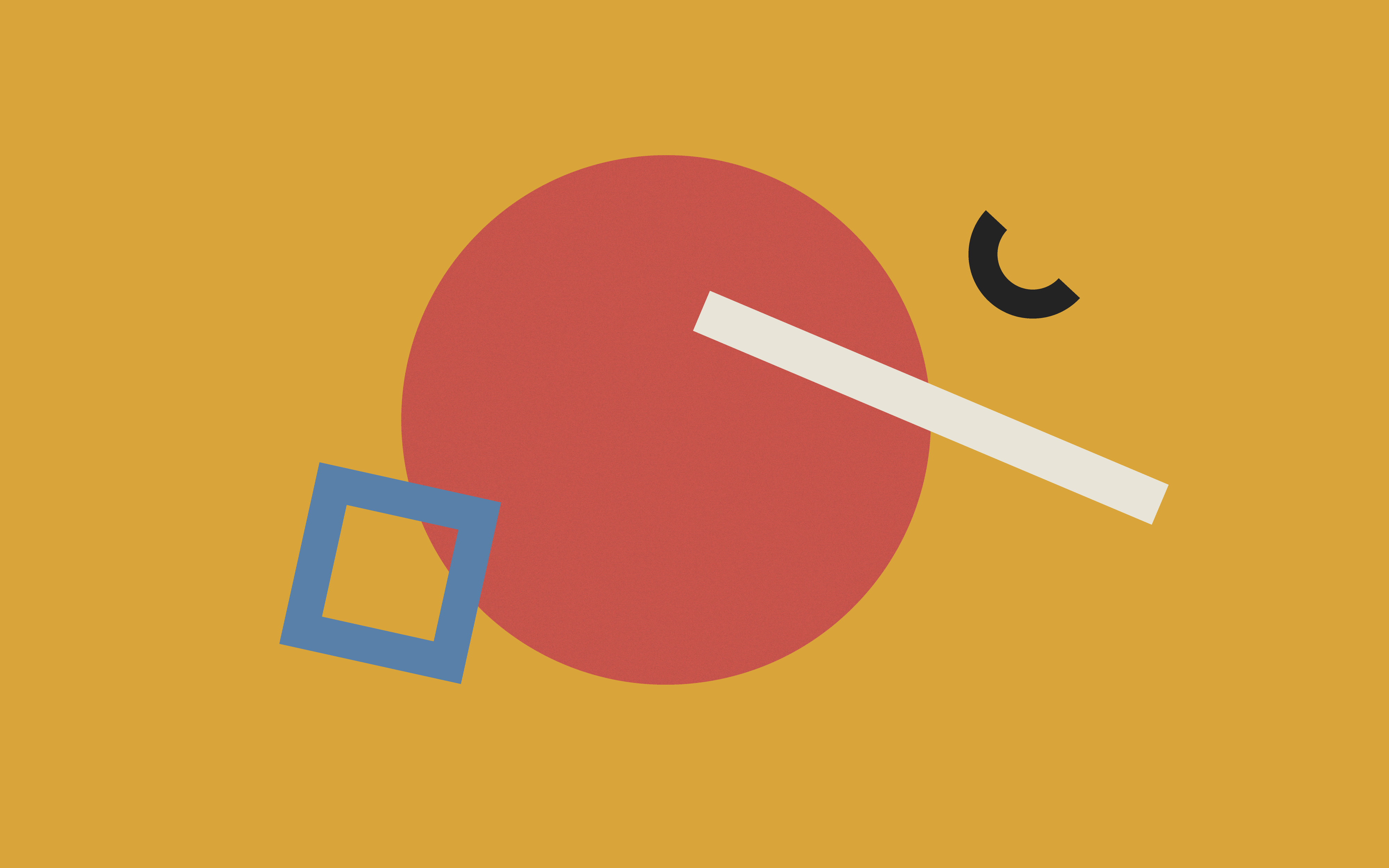Article by prof. Aet Ollisaar was published in Kaunas Textile for Future catalogue
Article “Textile – slow and fast, familiar and unknown at the same time” written by professor Aet Ollisaar, the head of department of textile, for the international conference Kaunas Textile for Future. Published in their catalogue Textile for Future in 2020.
Textile – slow and fast, familiar and unknown at the same time.
Aet Ollisaar
Professor, Head of Department of Textile
Pallas UAS, Estonia
What might be the most important role of textiles used in art projects in the future? The position of material has changed during the last decades and the process of change is ongoing. In addition to important qualities for making objects, such as technical values and handicraft skills, the textile material also carries meaning and stories in the artworks. The textile material reflects through the memories and personal experiences.
In my professional life I have had different challenges, but in one or the other way, I always came back to weaving. It is a slow process, and sometimes it feels like I have stolen time from something that is much more important. But the process absorbs me. Alone in my studio, I can be a passionate time traveller. Most of all I like to work with different yarns, touch them, feel the energy of materials. As much as textile materials, I like to use found objects, because of their history that I know (or do not know). Weaving row by row is not just a technical process, but more like meditation. During hours in the studio, I have discovered how different the movement of time can be. Moving quickly and slowly at the same time.
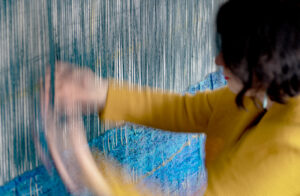
Weaving in my studio at Aparaat, photo Marvi Taal
During my own art studies, the visual composition was the most important part of the work. Process and stories behind the works existed, but we did not share them and maybe even did not put them into words. It was like a treasure, deeply hidden from the outsiders. I became more fascinated with discovering the possibilities of stopping the process at any stages of weaving. To weave and not to weave, let the warp and weft meet just for short moments.
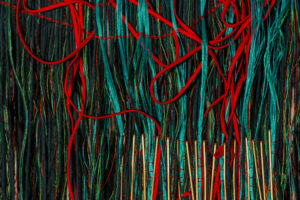
There were no secrets, detail. Aet Ollisaar 2019. Photo Are Tralla.
Now it is more obvious, that artists feel free to enjoy and share the process. The joy of making gives new ideas and stories. Material is part of the meaning, not just a practical decision for technical purposes. The background of the material used in artwork can be connected with familiar and important place or people. The concept of textile has opened up: besides of technique and material, it can be connected with structure or textile thinking, visualized with different materials and objects.
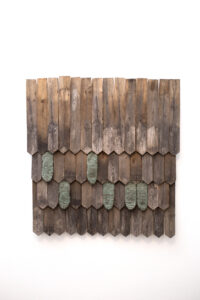
Home, 2014-…. Wooden details from the roof, woollen yarn found from the attic of my childhood home. Aet Ollisaar. Photo Renee Altrov.
This spring, when time stopped and everything changed due to the global virus, the importance of slow processes became more evident. Time got a very different meaning from what we used to know. The more we experienced an unknown frightening situation, the more important familiar situations and feelings became. As the contacts between people were minimized, the contact with textile materials took more and more place in my everyday life. Touching the different yarns became almost a ritual for me, I spent time discovering the language of materials before I started to weave.
The stories behind the work started became more important. I started to weave a magic forest tapestry, because it was not possible to travel and go to the places I really wanted to. It gave me a possibility to travel in my mind, go to the places I would like to go. It was just like a spiritual travel from one place to another. I started to share the process on social media and found a way to be alone and connected at the same time. It became a partly private and partly open adventure to new places.
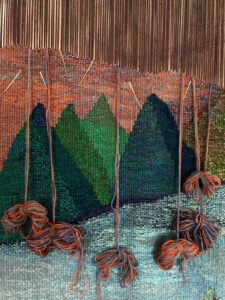
Magic forest, weaving in process, Aet Ollisaar 2020
One of the important roles of textiles, is to be a connection between the artist and the viewer because of the memories we all have about textiles. The more we have to be apart from each other, the more we need familiar feelings to be connected. It seems to be a challenge now to find new ways of communications. Besides digital possibilities that bring us together in virtual room, there is a need for sharing feelings and memories through the language of art. Also, slow processes will be more important for dealing with loneliness and isolation, that we are not used to. There will be more quick communication than usual, we have possibility to be virtually connected to different places in the world. But for a balance there is need for familiar situations, slow processes, making by hands. Textiles as a base of shared memories will have very important place in this process.

Late evening coffee break, Yuuki Vähi, graduation project, Pallas UAS 2020, supervisor prof Aet Ollisaar. Photo Vello Vähi.
To find a way out of isolation, in her graduation work Pallas UAS textile student Yuuki Vähi started a diary, weaving and writing at the same time – every day one sentence and one woven detail. At first, it seems to be a light, even an easy story, but behind the fairy tale like illustrations, very important and hard topics from environmental issues to artists personal challenges arise.
10.09.2020
Tartu
